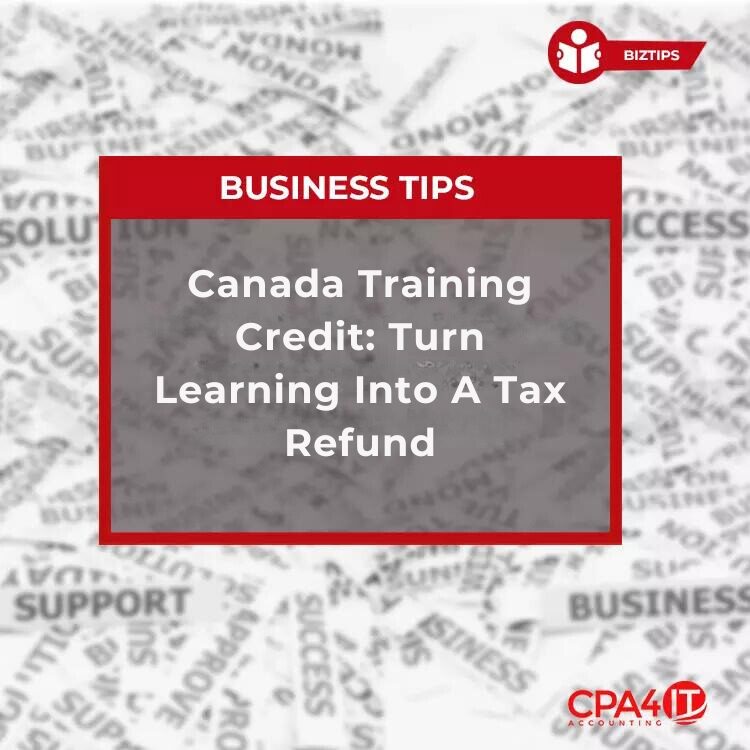The Canada Revenue Agency (CRA) has announced key figures for CPP in 2026 that employers, employees and the self-employed must be aware of.
Maximum pensionable earnings
- The first earnings ceiling (often called the year’s maximum pensionable earnings or YMPE) will be $74,600 for 2026, up from $71,300 in 2025.
- The second earnings ceiling (the additional maximum pensionable earnings, relevant for the enhanced CPP contributions) is set at $85,000 for 2026 — up from $81,200 in 2025.
Contribution rates and maximums
- For standard CPP contributions (up to the first earnings ceiling), the employee and employer rates for 2026 remain at 5.95% each. Self-employed individuals continue to pay the combined rate of 11.9%.
- The maximum contribution for each of employee and employer will be $4,230.45 in 2026 (up from $4,034.10 in 2025). For self-employed, the maximum is $8,460.90.
- For the enhanced portion (CPP2) — on earnings between the first and second ceilings — the rates remain: 4% for employee and employer, 8% for self-employed. The maximum CPP2 contribution for employee or employer will be $416 in 2026, and for self-employed $832.
- The basic exemption amount (the portion of earnings on which you don’t contribute) remains at $3,500.
Seems complicated? We can help!
Navigating CRA’s evolving cpp rules can feel like walking through a maze. With new CPP rates announced for 2026 and complex rules around when and how to draw your benefits, it’s easy to make decisions that quietly cost you thousands over time.
That’s where CPA4IT comes in. Our experienced accountants help you interpret CPP updates, avoid costly contribution errors, and build a personalized strategy to maximize your retirement income. Book a FREE consultation today and discover how our experts can help you organize finances, create wealth, and transform wealth into a legacy.
What this means in practice
In effect:
- If your annual pensionable earnings will be at or above $74,600 in 2026, you’ll hit the standard CPP maximum contribution.
- If your income is between $74,600 and $85,000, you will also be subject to the CPP2 additional contribution tranche for the portion above $74,600 (at the 4% rate, or 8% if self-employed).
- Employers and payroll departments must be aware of these thresholds to correctly calculate deductions and contributions.
- For the self-employed, the higher thresholds mean higher potential contributions — so budgeting and planning become more important.
Common CPP-Related Mistakes and How to Avoid Them
Now that the numbers are updated, let’s shift to the more nuanced side: mistakes people make when dealing with CPP, especially in the context of retirement planning, contribution strategy and benefit timing. In many cases these errors are subtle and complex — which is why navigating CPP on your own can get tricky.
Mistake 1: Claiming CPP too early
Many Canadians assume starting their CPP retirement pension as soon as possible is best—but the timing decision carries significant long-term consequences:
- While the standard age for most is 65, you can begin as early as 60. However, for each month you start earlier than age 65 your payment is reduced by 0.6% per month. Over five years (60 to 65) that means a lifetime reduction of 36%.
- Conversely, if you delay beyond age 65 (up to 70), your payment increases by 0.7% per month delayed — i.e., waiting until age 70 yields about 42% more each month than starting at 65.
If you trigger the early-claim route without fully modelling your personal needs and longevity, you may end up accepting a permanently lower pension than you might otherwise obtain.
Mistake 2: Overlooking income-based clawbacks
Another layer of complexity: the interaction of CPP with other federal benefits. For example:
- When your net income exceeds a threshold (for instance $93,454 in 2025 for the Old Age Security (OAS) clawback), your OAS payments may be reduced.
- Using your maximum CPP benefit combined with other income sources (e.g., investments, rental, business) can inadvertently push you over that threshold — meaning you may be hit with benefit reductions you didn’t expect.
The interplay between retirement income, CPP, OAS and tax means planning must be holistic — not simply “what’s my CPP amount”.
Mistake 3: Treating CPP payments as tax-free / ignoring tax implications
- CPP payments are fully taxable income. High pensionable earnings mean higher CPP contributions now — but also potentially higher taxable retirement income later.
- If you are working while receiving a full CPP retirement pension, you still may have to contribute (if under certain age thresholds) without gaining additional CPP benefit credits. Some assume they can “work and get CPP” without further contribution effect; in many cases that’s not accurate.
Mistake 4: Misunderstanding contribution rules (especially for high earners or self-employed)
This is where the numbers announced for 2026 matter a lot:
- Some individuals will continue contributing to CPP even after they’ve hit the maximum pensionable earnings threshold or the second ceiling — which leads to unnecessary overpayments.
- Others may mis-time their contribution strategy if they plan to delay their CPP benefit until age 70, or if their earnings pattern is irregular (for example, self-employed in one year and salaried in another).
- Especially for the self-employed, making sure you’re contributing the correct amount — neither too much nor too little — requires careful review of your income projections and willingness to pay when beneficial.
Feeling overwhelmed? We can help!
CPP rules and updates do not have to be confusing. The latest updates to contribution limits and benefit rules can have a direct impact on your retirement income, tax obligations, and overall financial strategy. Without the right guidance, it’s easy to overlook opportunities to maximize your benefits — or make costly mistakes that reduce what you’re entitled to.
At CPA4IT, we help our clients organize finances, create wealth, and transform wealth into a legacy. Book your FREE consultation with one of our expert accountants today and take control of your tax planning with clarity and confidence.





